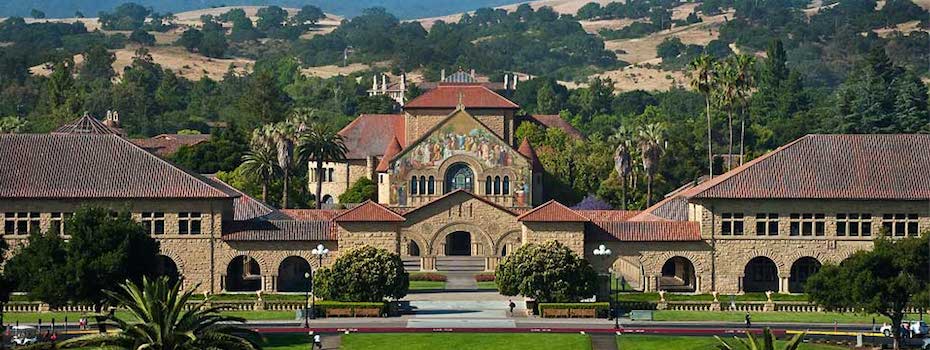 Future Learning Lab´s Spring 2015 conference is set for May 30th, at Stanford University. It will be a collaboration between Future Learning Lab, H Star Institute at Stanford University, the recently established Zephyr Institute in Palo Alto and EdCast — a recent addition to the world of on-line learning providers, with a home base in Palo Alto.
Future Learning Lab´s Spring 2015 conference is set for May 30th, at Stanford University. It will be a collaboration between Future Learning Lab, H Star Institute at Stanford University, the recently established Zephyr Institute in Palo Alto and EdCast — a recent addition to the world of on-line learning providers, with a home base in Palo Alto.
We first met up with Edcast in October 2014, at our Stanford-based workshop Imagine Classrooms of Tomorrow. Since then we have been pursuing several ways to collaborate.
We learned about their exciting plans to promote international conversations on the future of learning in a globalized world. We, on the other hand, also found a receptive ear to our efforts at creating an international meeting space that actively promotes global collaboration on a resolutely practical level. We are concerned with students worldwide, with teacher and with learners. We are concerned with a mounting skills deficit. And many of us are educators. We´re hoping to provide a space defined by educators, and open for everyone else.
Conference host
At the May 30th conference we will seek to highlight some of these challenges, as seen from the users´s point of view. Edcast will bring its network, H Star has a long history for international collaboration on these issues, and we are very fortunate to have the strengths of these stakeholders with us to look at the challenge from an international (not global, but inter-national) perspective. Several H Star staff members have been with us in Europe for events several years now, underscoring the relevance of what we try to do.
Conference profile
Across the world university leaders, education managers, teachers, entrepreneurs, decision-makers, students, investors and other stakeholders are asking what the future holds in store for learning? Technologies now globalize, digitalize, dramatize, trivialize, commercialize and politicize education – at all levels.
Before and after the coming of the internet there were other globalizing forces shaping and reshaping education in school, at universities, at the work place and in society. Yet, it is only three years now since a first pioneer went on stage at Ted Talks and reported on the implications of having 165000 students in “the classroom” in a course on artificial intelligence. That was Peter Norvig, from Google. And there was no classroom, really. Except in between.
Perhaps a more profound change now comes from an increased understanding of the virtual media spaces and how they work? Connection, access, adaptation and integration now happens at institutional and individual levels.
What will the next five years bring us of changes in world learning? Beyond MOOCs, scales, and trends: Where do we as educators stand?
With the coming of network society, we see a new level of mobility among students and educators. We see education reaching new groups – in spite of US and UK discussions of soaring tuition costs, education is actually reaching out.